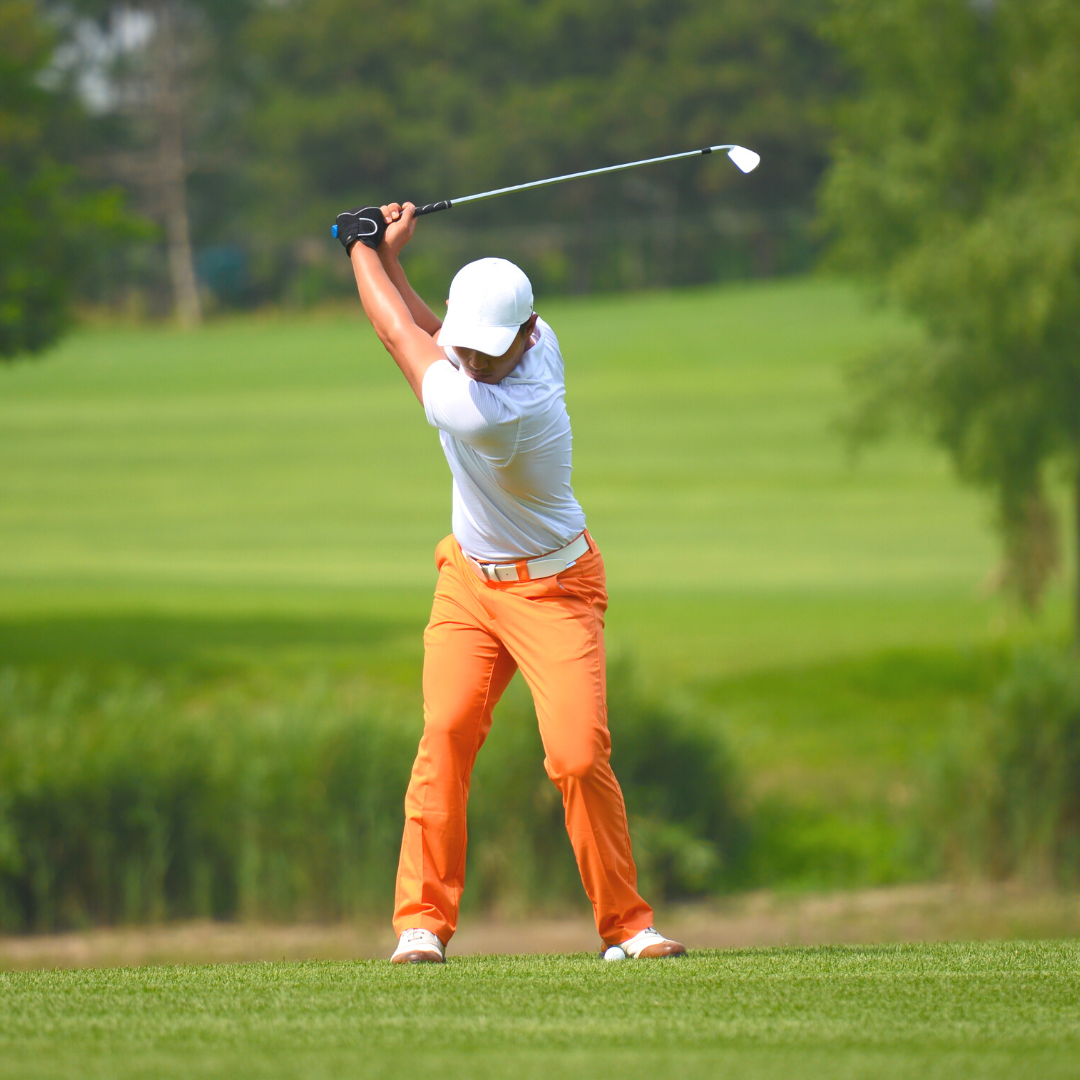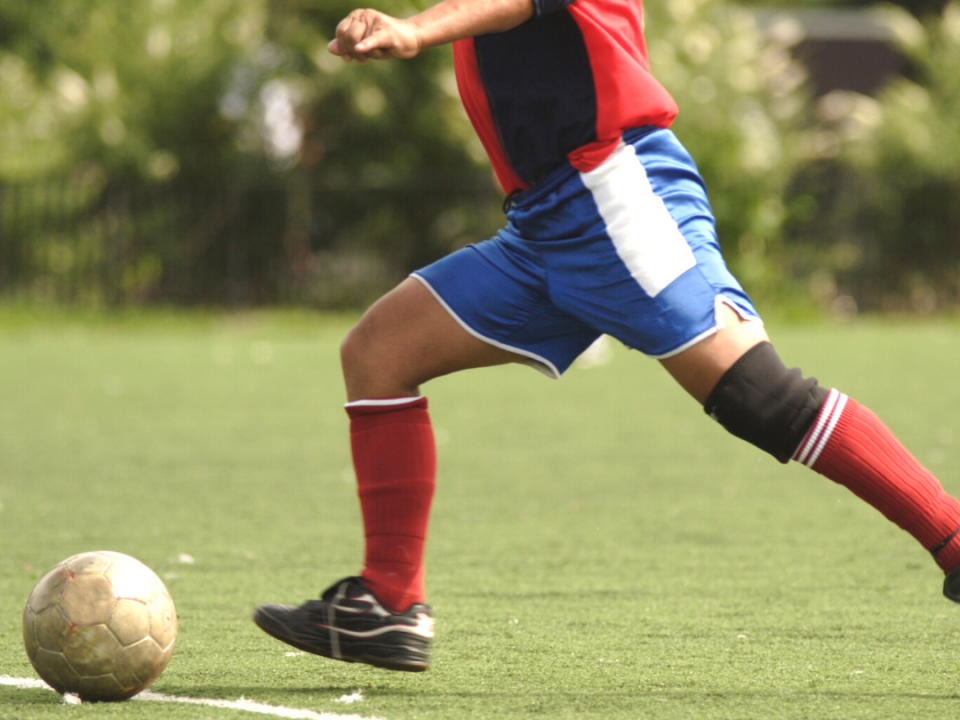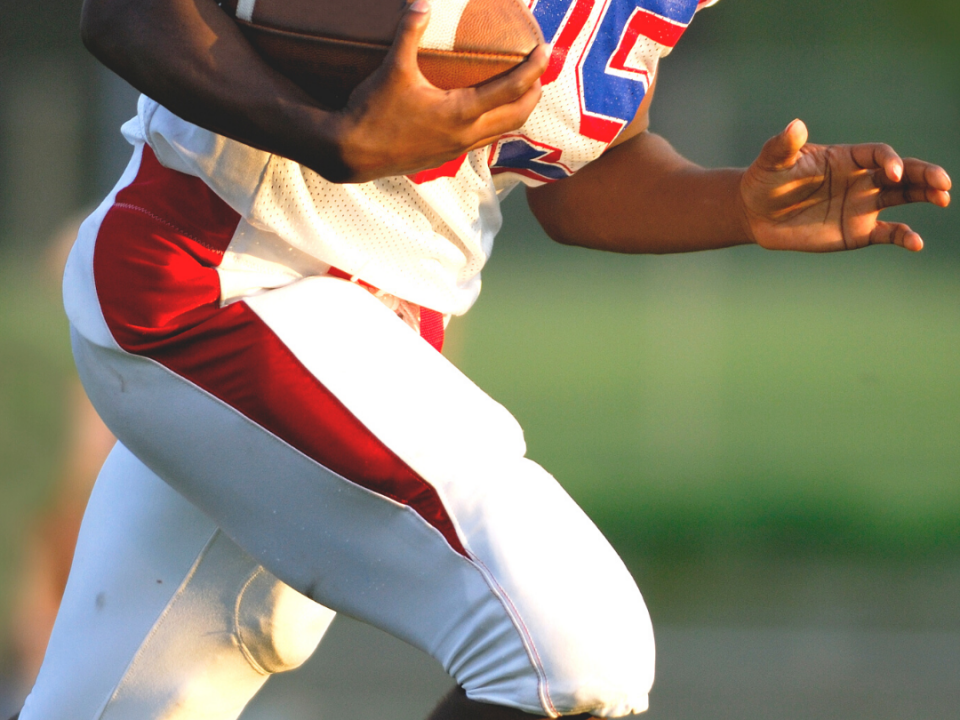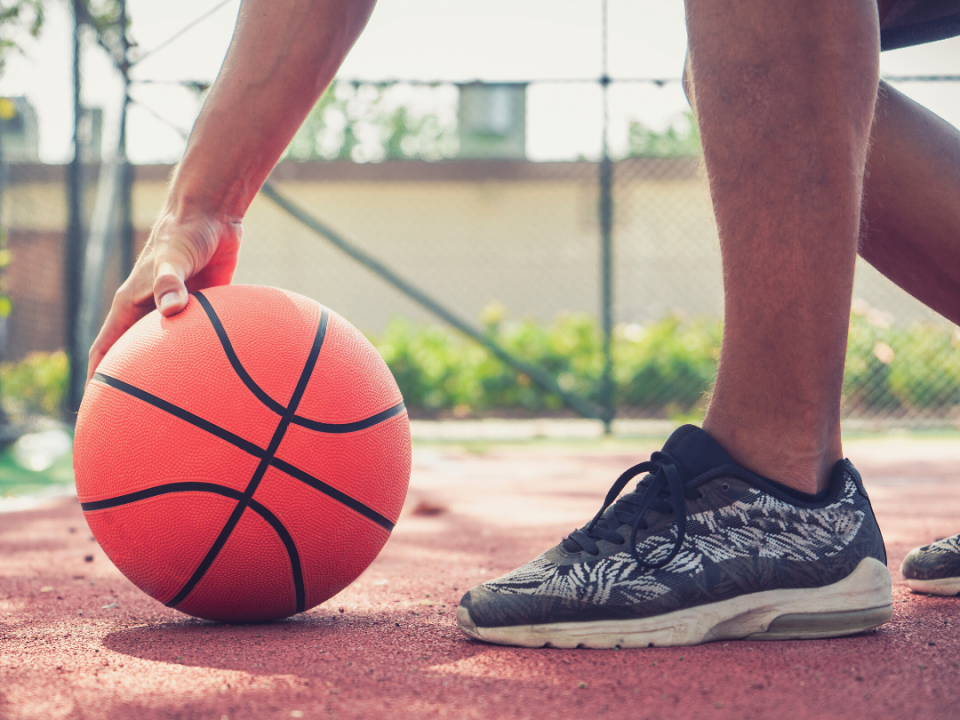The recent placement of Yankee’s starter Chien-Ming Wang on the DL reminds us of the complex and delicate balance of the kinetic chain in competitive pitchers. To the cursory glance, it may appear that throwing athletes rely only on the strength of their shoulder and arm to generate velocity. Overhead athletes who pitch in excess of 90 miles per hour, however, generate these impressive velocities using their whole body and rely more on the forces created by the trunk and lower extremities than the arm itself. Subtle weakness and imbalance in the feet, legs, trunk, and thorax can therefore manifest in loss of velocity and accuracy at the mound.
In Wang’s case, he has been plagued by a mid-foot (Lisfranc) sprain sustained last summer that has thrown off his kinematics and reportedly resulted in weakness of his hip abductors. The Lisfranc ligament is a tough band of tissue that links the midfoot and forefoot and plays a critical role in maintaining the alignment and arch of the foot. Sprains or ruptures of the ligament can occur from direct, traumatic injuries such as motor vehicle accidents or heavy objects falling on the foot. In sports, however, the more common mechanism is an indirect twisting or pivoting of the foot. Lisfranc injuries can often be difficult to detect but should always be suspected in the presence of foot swelling and pain-bearing weight. Bruising on the bottom of the foot should also raise significant suspicion for Lisfranc injury. It is critical to seek the counsel of a physician if such injuries are suspected as failed recognition and treatment of a Lisfranc ligament disruption or midfoot fracture can lead to post-traumatic arthritis and chronic pain in the future. Xrays can sometimes detect injuries to the lisfranc ligaments but oftentimes MRI is used to detect more subtle pathology.
Lisfranc sprain injuries can be managed nonoperatively but can take a long time to fully heal and be pain-free. Patients are placed in a cast or boot and kept non-weight bearing for up to 8 to 12 weeks. Patience is often the key in these settings, particularly with high-level athletes who place higher than average demands on their feet and lower extremity. Coming back too soon can be a set up for further injury to the lisfrac ligaments or lead to an injury somewhere else as the athlete tries to protect their foot. Some lisfrance injuries require surgery to fix the fracture/dislocation. Oftentimes athletes can get back to their previous level of play (Michael Strahan had a similar injury the year before the Giants won the Superbowl), but a long-term complication of these injuries is arthritis.
The next time you are watching a strike-out pitcher sail a fastball over the plate, keep in mind that this is the result of a kinetic chain of forces that are generated by the whole body and that injuries far away from the shoulder and elbow can still have a dramatic impact on a thrower’s ability to perform.






